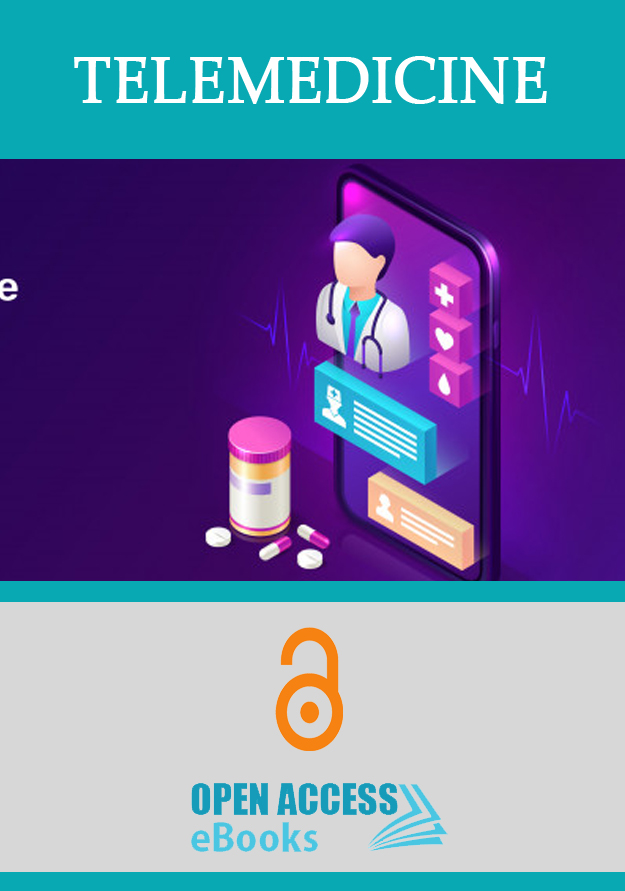List of Chapters
Telemedicine and Telehealth in COVID-19 era for Management of Neurological Surgery Patients
Author(s): Md Moshiur Rahman*; Sabrina Rahman; Amit Agrawal; Ezequiel Garcia-Ballestas; Luis Rafael Moscote-Salazar
Telemedicine is a term commonly used to portray a kind of patient consideration which includes checking of a patient’s condition by a healthcare worker situated at a healthcare institute which is far from the area of the patient. Interest for electronic patient checking frameworks will considerably develop in one year from now, reinforced by innovative advances. Remote multi-boundary screens and stations will put gains in gear deals. Even though telemedicine frameworks have been executed for a long time, Ethernet has quite recently started to be actualized in the most recent decade.
Compression of ECG Signals for Tele-monitoring Applications: A Critical Review
Author(s): Sourav Kumar Mukhopadhyay; M. Omair Ahmad*; M.N.S. Swamy
Tele-monitoring and tele-healthcare systems have long been used primarily for monitoring elderly people, patients with mobility issues, and also to reduce the number of hospital visits for routine health-checkups. However, it could be undoubtedly said, that the tele-monitoring and tele-healthcare systems would be the prime choice of both the doctors and patients in the post COVID-19 era, in order to reduce the potential spread of the virus. The field of research of the compression of electrocardiogram (ECG) signals has been well studied over the last four decades, approximately.
Electronic Interconsultation Platform between a Hospital Pharmacy Service and Primary Care Pharmacy Units in Spain
Author(s): Garcia-Queiruga M*; Margusino-Framinan L; Gutierrez-Estoa M; Güeto-Rial X; Capitan-Guarnizo J; Martin-Herranz I
To present the requirements, development and structure of an electronic interconsultation platform (e-Interconsultation) for communication between primary care pharmacy units and a hospital care pharmacy service and to analyze the profile of consultations made using it. A working group was created and set out its purposes, working schedule, software requirements, the structure of the electronic platform, validation procedure, and its implementation. Once the software was developed and validated, training sessions were conducted and the electronic platform was launched in June 2015.
